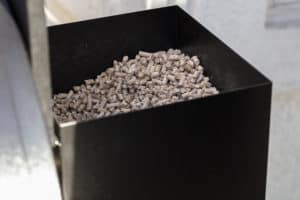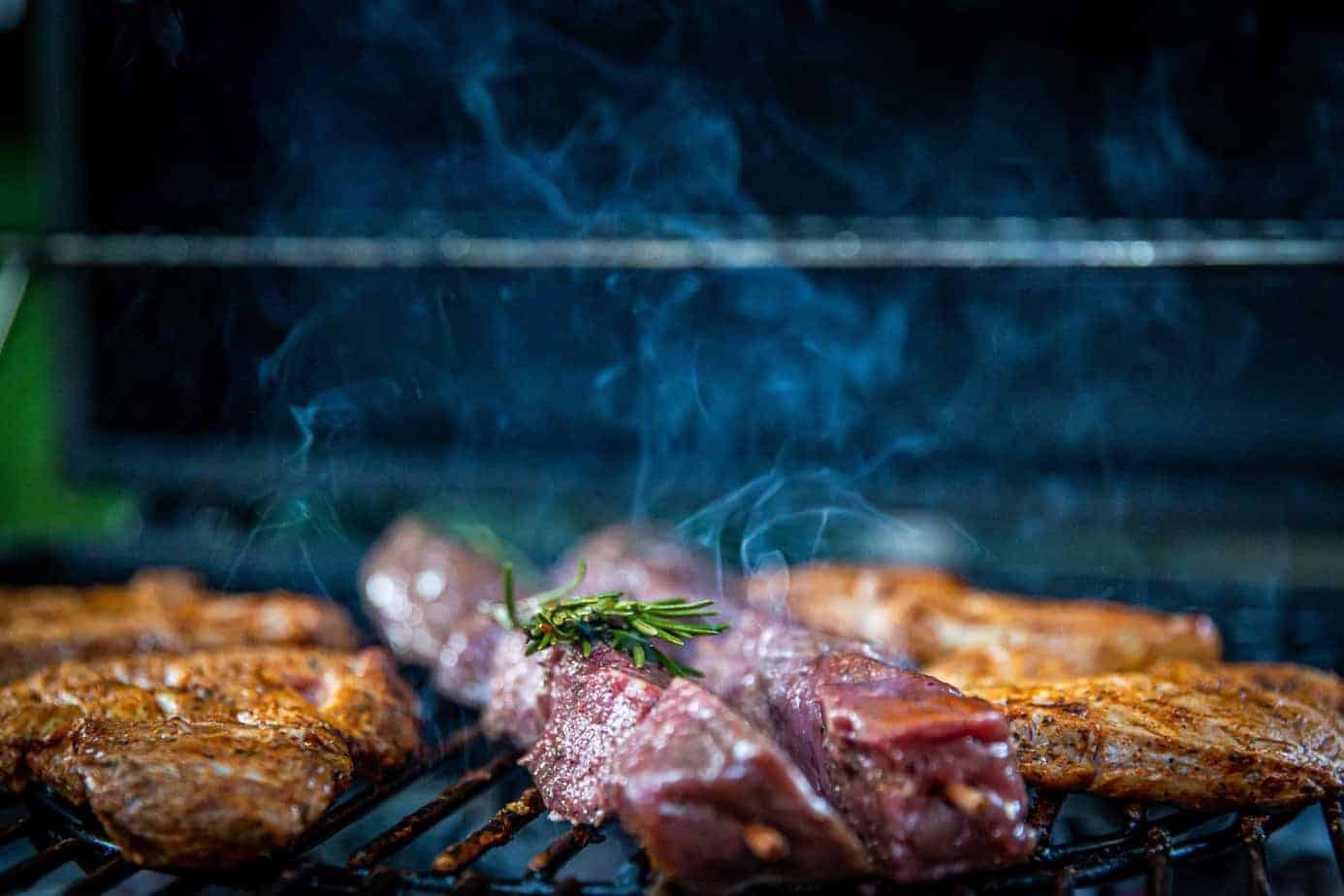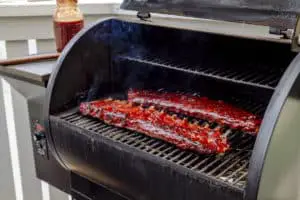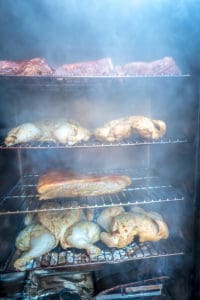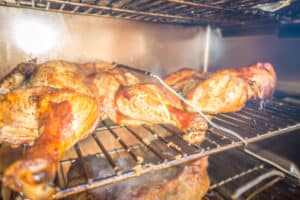What Are the Most Common Mistakes with Pellet Smokers?
Disclosure: This post may contain affiliate links. If you use these links to buy something we may earn a commission at not additional cost to you. Learn more.
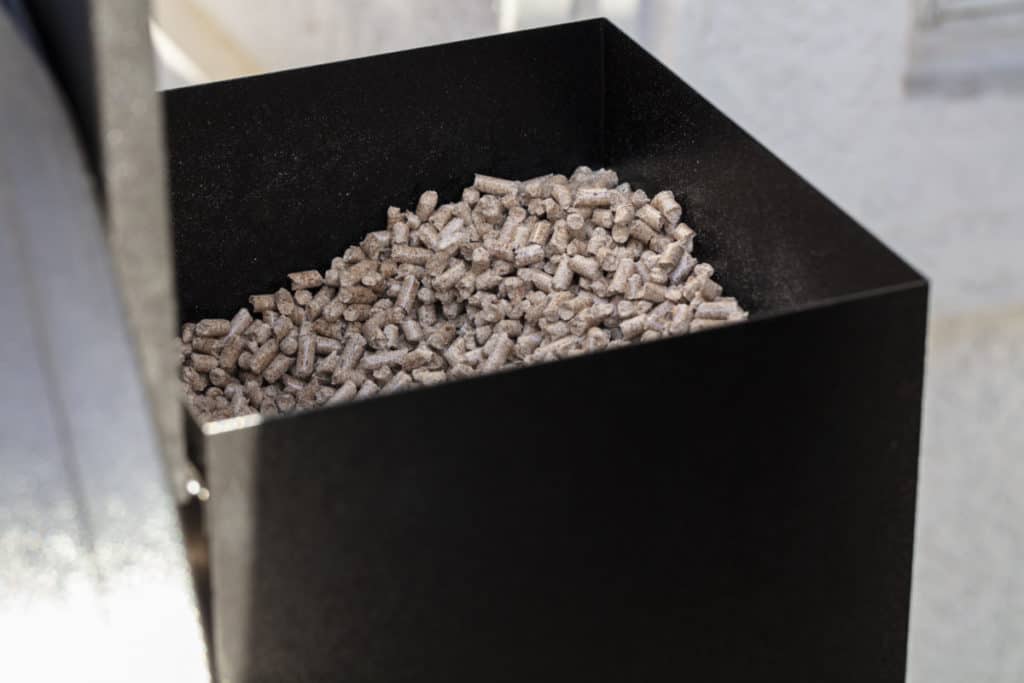
If you’re thinking of buying a pellet smoker or have recently purchased one, you don’t want to make an avoidable mistake right out of the gate. But what exactly are the mistakes?
The most common mistakes with pellet smokers are using the wrong pellets, buying a smoker that is too small, adding the food too early, and worrying too much about temperature swings. These errors can decrease the flavor of your food and keep you from perfecting your barbecue skills.
Let’s go into more detail about these mistakes and how you can stay away from them.
Not All Pellets Are Created Equal
You know how there is a difference between Miracle Whip and mayonnaise, and that each condiment pairs differently with certain foods? Although you might not think that there’s a difference initially, there is one when you have the finished product.
Wood pellets are the same. They look almost indistinguishable from each other when you first consider which bag to purchase, so you may just grab a bag and go. But you’ll come to find that you bring out the best flavors of your meat when you pair them with the right pellets.
Check out Trager Grill’s recommendations on what they consider which pellets are best to use for beef, pork, chicken, seafood, vegetables, and baked goods. However, even with their suggestions, it will ultimately be up to you to find the flavors that suit your taste buds, as well as which pellets mix together well for the ultimate combination.
Once you get a good idea of your pellet options, you can purchase, mix, and use accordingly for everything you cook in the smoker.
Smoker Size
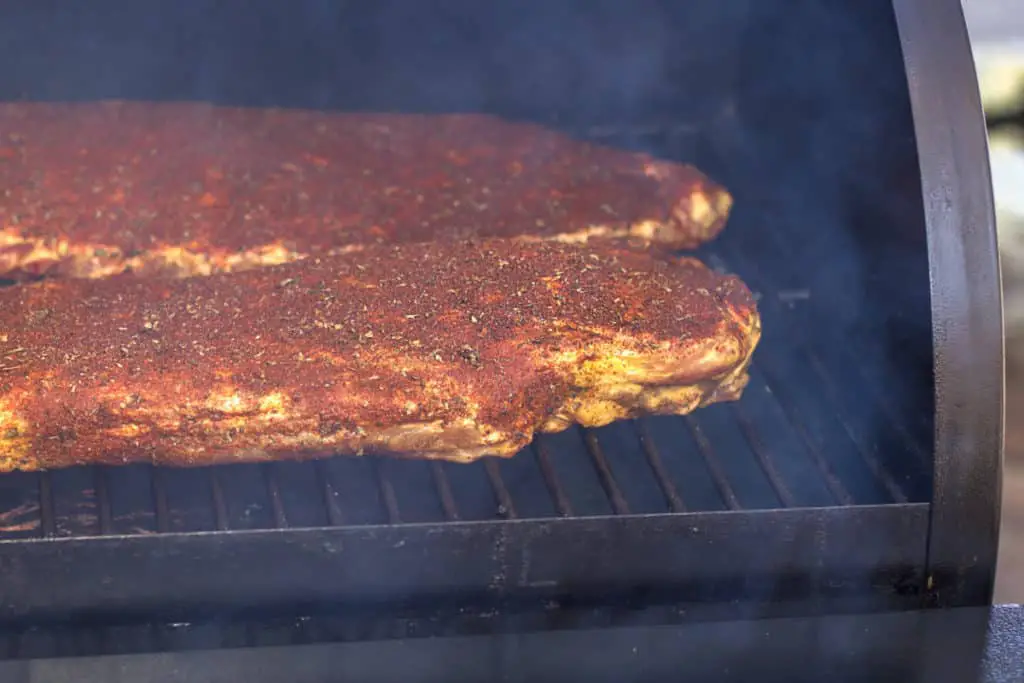
You may already have a smoker that you’ve been using, but for those that are unsatisfied with the size or are unsure what size to get, think about whether or not it’s too small for the amount of food you want to cook on it.
Seasoned pellet smoker owners will tell you that you should size up when you buy a grill. If you plan on smoking a brisket, then plan to have a grill that can fit two briskets. If you want to grill two rib racks, then make sure that there is enough space for four rib racks.
You need plenty of space for cooking meat, and you want to be able to accommodate the number of people eating, especially if you throw a barbecue and invite people over just to show off your new smoker. Having enough space in your smoker also ensures that the meat won’t get crowded and take longer to cook.
The last thing you want is hungry stomachs and food that isn’t done—or takes a long time to get on the grill because there isn’t enough room, so you have to go patty by patty, kebab by kebab.
But if your pellet smoker is the perfect size for you, then congratulations! You’ve avoided a mistake that many others make before they even realize it’s a problem.
Patience Is Key
Putting food on your pellet smoker is exciting, but don’t be too hasty. You don’t cook on a pan that isn’t hot, you don’t put food in the oven that hasn’t reached the proper temperature, and you don’t roast marshmallows when the fire is nothing more than a few tiny flames.
Just like it is with anything cooking-related, you have to wait to put your meat on the grill until the smoke gives you the right signal. If you put in food when the smoke billowing from the vent is thick and copious, then you’re going to wind up with a bitter flavor from a chemical called creosote, which sticks to the meat when there is too much smoke in the chamber that hasn’t vented out.
Creosote buildup on your food can ruin the meat that you’ve put in the smoker and leave you dissatisfied with the results, so the best way to prevent it is to know the signs that tell you when your smoker is ready.
Once you see a thin, wispy trail of faint blue smoke coming from the smoker’s vent, it’s basically the green light to put the meat on the grill and let the cooking begin. Adding the food at just the right time allows it to cook at the proper temperatures and in the best conditions.
Impatience is the bane of perfected meat, so be the master of your own will.
Fluctuating Temperatures
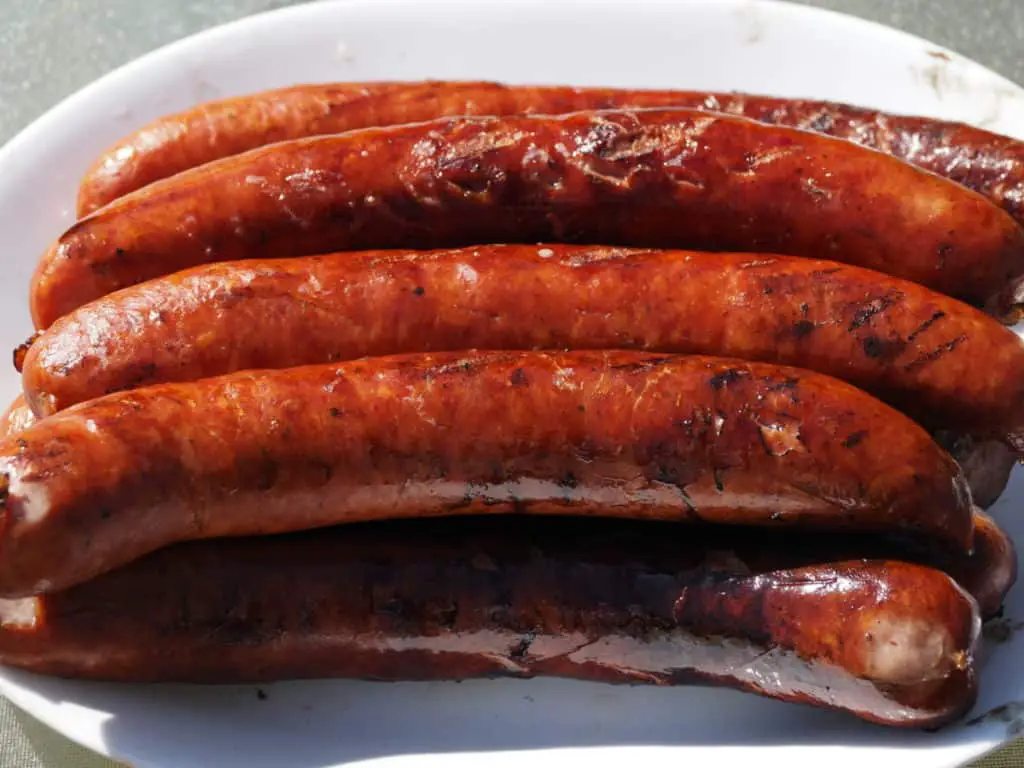
Whether you have a pellet smoker with a standard temperature controller or a PID (proportional, integral, and derivative) controller, you will come across temperature fluctuations. This may freak you out at first because you want the meat to cook well and evenly with just the right amount of smokiness, so a discrepancy can lead to some panic moves.
But no matter the controller on your pellet smoker, temperature swings are common. Of course, you want to maintain a good temperature, so be on the lookout for any severe changes, but your cooker can have a difference of twenty or thirty degrees for a period of time and wind up just fine. As long as the temperature returns to the range of degree you desire, then you can still have your perfect piece of meat.
What you want to truly focus on is the temperature of the meat and not the exactness of the smoker’s temperature. That way, you can ensure that it is cooked properly and keep it from being overcooked.
Practice Makes Perfect
Just like any hobby or passion, when you first start out, you aren’t going to know everything. Don’t get down when you make mistakes. All experts start out as novices, and you learn what works, what doesn’t work, and all the niches in between on the way.
Nothing beats the excitement when something you made the second, third, or twentieth time is better than what you cooked the previous time. And once you feel like you’ve perfected it, you can continue to learn how to perfect other foods with your pellet smoker. Good luck, and happy barbecuing!


